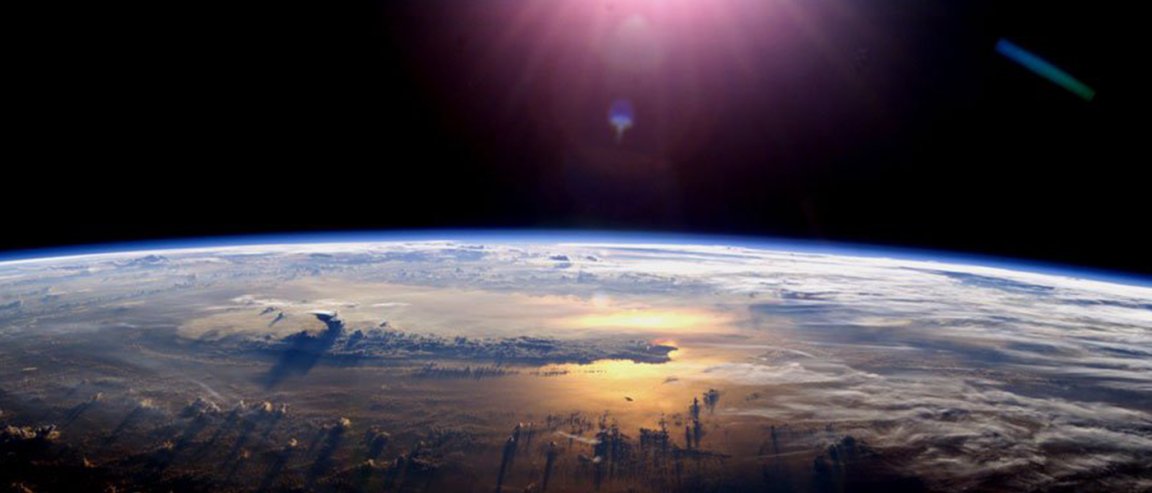
Goldilocks Zone
Estimating a planet’s habitability is largely dependent on what scientists call the “Goldilocks zone.” This indicates that the planet is at just the right distance from the sun, so that it is able to sustain life. Imagine Goldilocks from the classic fairy tale coming to visit our solar system instead of the three bears (planets are much more interesting than porridge).
Venus is too hot. Mars it too cold. But Earth? Earth is just right.

But a new study shows that a planet’s ability to support life may actually be determined by its internal temperature via mantle convection when the world was formed. Mantle convection is the process of rocks shifting underground caused by heating and cooling. A planet might start out as one extreme, but eventually settle into a more consistent temperature. And this, coupled with where it is in the Goldilocks Zone will determine how habitable it will become.
Habitability
“If you assemble all kinds of scientific data on how Earth has evolved in the past few billion years and try to make sense out of them, you eventually realize that mantle convection is rather indifferent to the internal temperature,” said Jun Korenaga, author of the study and professor of geology and geophysics at Yale.
What Korenaga posits is that key elements found on Earth, such as oceans and continents, would not exist if the planet wasn’t at the right temperature. The initial temperature of the planet when it first forms influences its habilitability more than the planet’s ability to self-regulate temperature once it’s already formed. So basically, it wasn’t enough that the Earth was sitting at the right spot on the solar system, Earth was fortunate enough to also have the right internal temperature when it formed 4.5 billion years ago.
Should Korenaga’s calculations prove to be accurate, it means a lot of exoplanets scientists are discovering located within the “Goldilocks zone” may not actually be as habitable as they originally thought. This also implies that, while we continue to find potentially habitable planets, finding life on them may be harder.